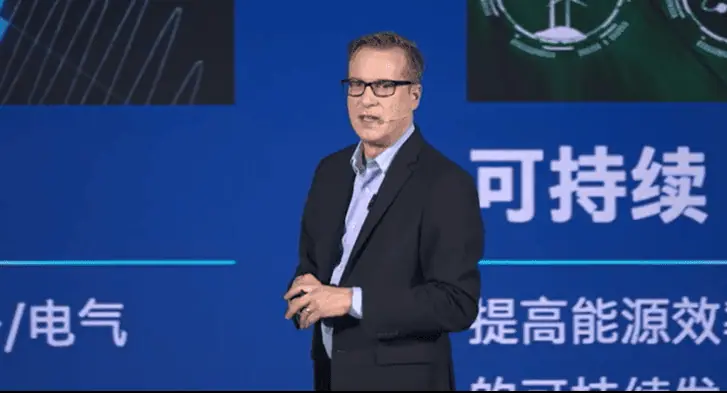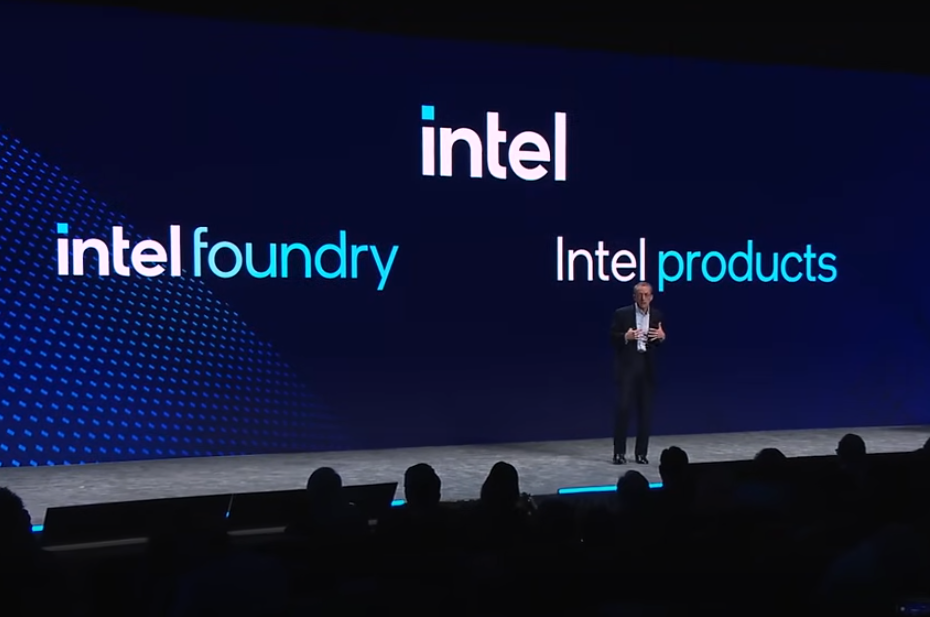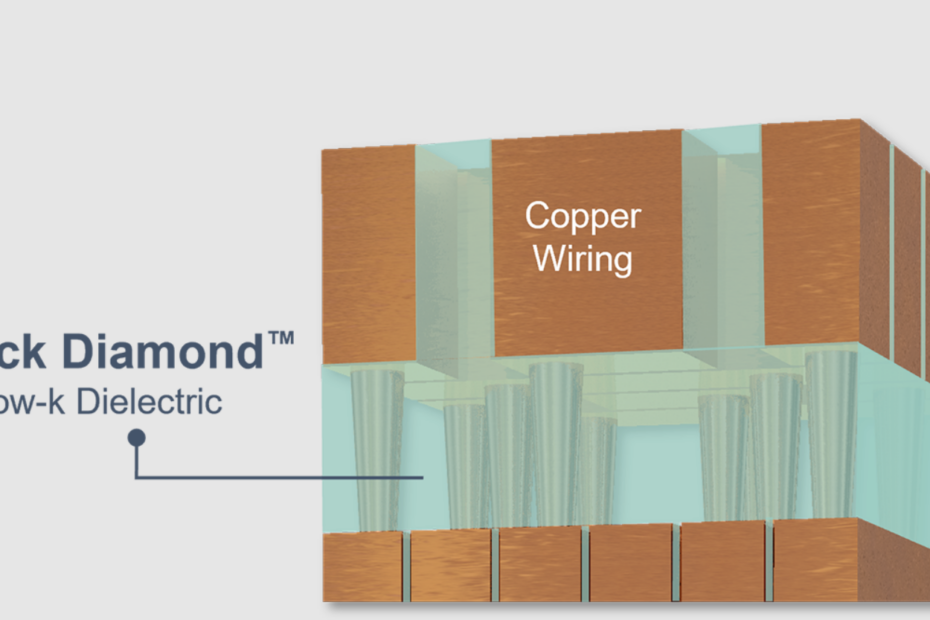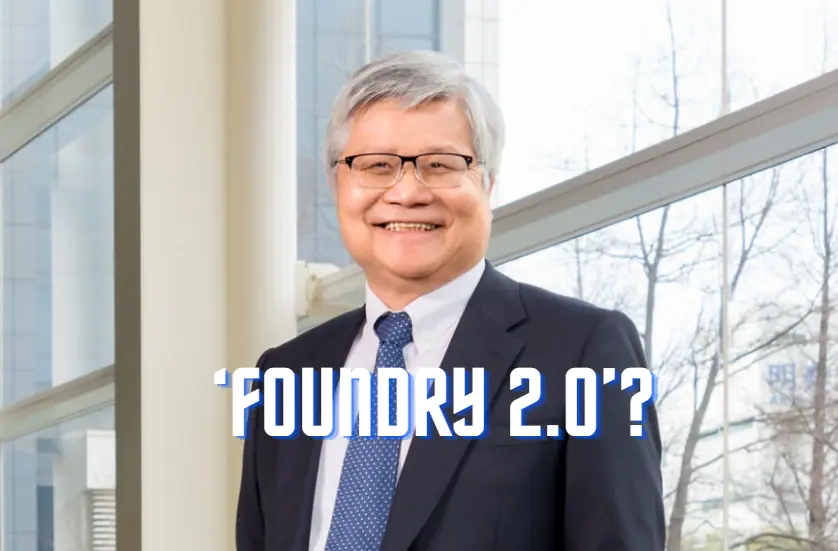Can Intel Auto Chip Chart a New Course?
What’s at stake:
By all accounts, Intel Automotive is an underdog. But as automakers go through radical changes in vehicle architecture, electrification and the balance of market power, Intel sees an opening in automotive chips. However, in the midst of its internal turmoil, will Intel stick with automotive as “a must-seize” segment? And will CEO Pat Gelsinger stick with Intel?
Among the businesses in which competitors have outplayed Intel, Intel Automotive is an outlier.
Read More »Can Intel Auto Chip Chart a New Course?









